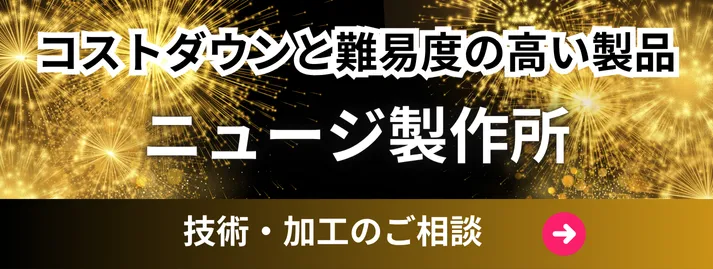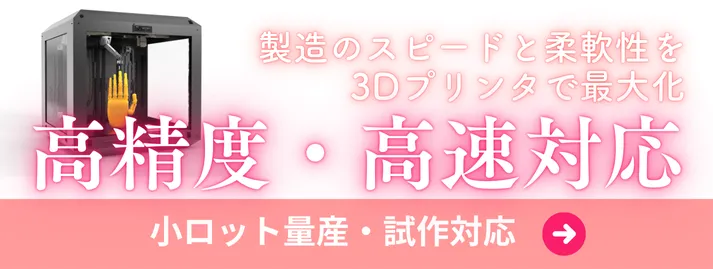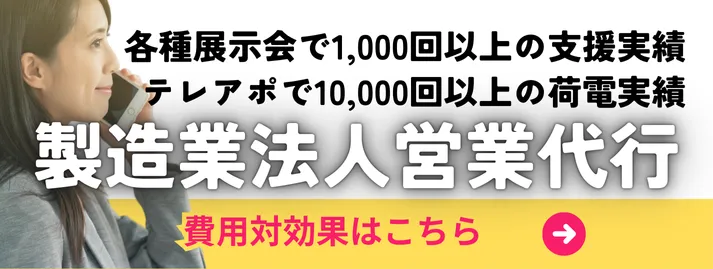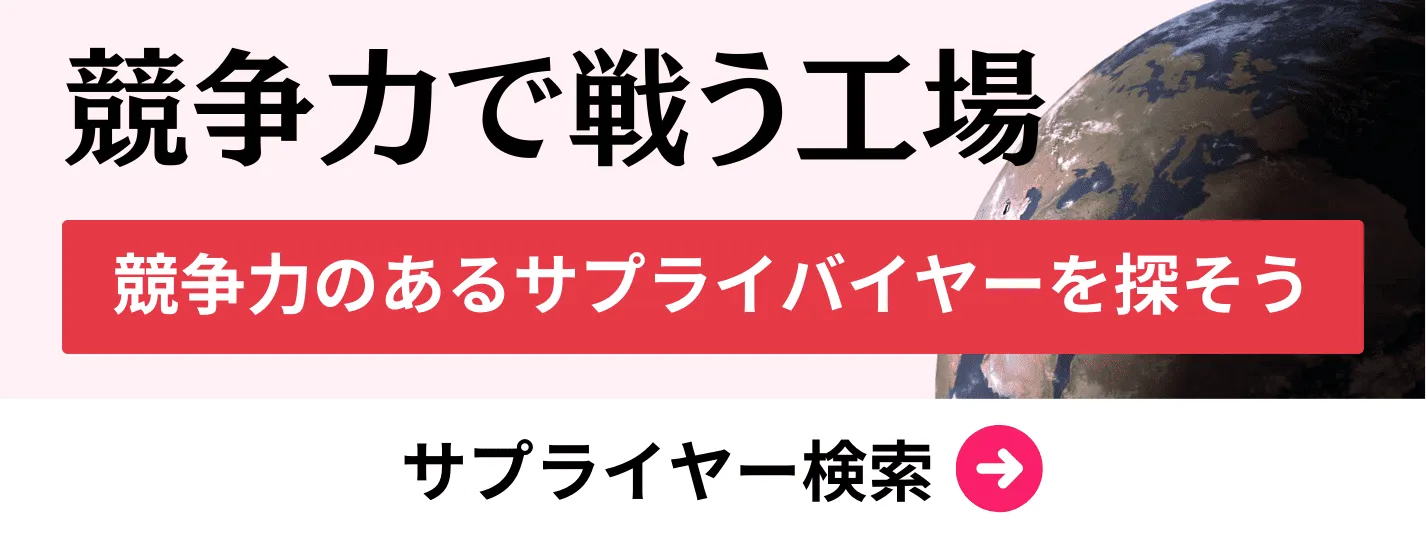- お役立ち記事
- Revolutionizing Japanese Manufacturing: The Role of Oxide Ceramics in Advanced Engineering
月間76,176名の
製造業ご担当者様が閲覧しています*
*2025年3月31日現在のGoogle Analyticsのデータより

Revolutionizing Japanese Manufacturing: The Role of Oxide Ceramics in Advanced Engineering

目次
Introduction to Oxide Ceramics
Oxide ceramics, a class of advanced materials, have been increasingly gaining attention in the realm of modern engineering and manufacturing. These materials boast exceptional properties such as high-temperature stability, mechanical strength, electrical insulation, and chemical resistance. As a result, oxide ceramics have become integral to various applications, especially in industries that demand high performance and durability.
The Historical Context and Evolution
Japan’s long-standing tradition of excellence in ceramics dates back centuries. From traditional pottery and porcelain, the Japanese have honed their skills and expertise to advance into high-tech ceramics. The genesis of oxide ceramics in modern manufacturing traces back to post-World War II, when Japan transitioned from its traditional industries to manufacturing sectors focusing on technology and innovation.
Key Advantages of Oxide Ceramics in Manufacturing
Thermal Stability
One of the standout properties of oxide ceramics is their exceptional thermal stability. These materials retain their mechanical strength and functional properties even at elevated temperatures. This makes them ideal for industries such as aerospace and automotive, where components need to withstand high temperatures without degrading.
Mechanical Strength and Durability
Oxide ceramics exhibit remarkable mechanical strength and hardness. This makes them suitable for applications involving high wear and tear, such as cutting tools, industrial machinery, and protective coatings. Their durability reduces the frequency of replacements and maintenance, leading to long-term cost savings.
Electrical Insulation
Another significant advantage of oxide ceramics is their excellent electrical insulation properties. This makes them ideal for electronic components, substrates, and insulators. In an era where miniaturization and high power densities are critical, oxide ceramics provide the necessary insulation without compromising on performance.
Chemical Resistance
Oxide ceramics are inert to most chemicals, making them highly resistant to corrosion and chemical attack. This property is particularly valuable in chemical processing industries, medical devices, and any environment where exposure to aggressive chemicals is a concern.
Challenges and Disadvantages
Despite their numerous advantages, oxide ceramics are not without their challenges. One of the primary disadvantages is their brittleness. Unlike metals, ceramics do not exhibit plastic deformation; they fracture when subjected to tensile stresses. This requires careful design considerations and the incorporation of safety factors in engineering applications.
Another challenge is the high cost of production. The manufacturing processes for oxide ceramics, including sintering and precision machining, are often more expensive compared to those for metals and polymers. This can limit their widespread adoption, particularly in cost-sensitive industries.
Supplier Negotiation Techniques
Dealing with Japanese suppliers requires a keen understanding of cultural nuances and business practices. Japanese suppliers value long-term relationships and trust. When negotiating, it is essential to approach discussions with respect, patience, and a genuine interest in mutual benefit.
Building Relationships
Start by building a relationship with the supplier. This involves regular communication, visits to the supplier’s facility, and understanding their processes. Show a commitment to a long-term partnership rather than a one-off transaction.
Quality and Detail Orientation
Japanese suppliers are known for their attention to detail and commitment to quality. Emphasize your own commitment to these values during negotiations. Be prepared to discuss technical specifications, quality standards, and how your requirements align with their capabilities.
Cultural Sensitivity
Understanding Japanese business etiquette is crucial. For example, the exchange of business cards (meishi) is a formal process, and it is important to show respect when accepting a card. Punctuality, politeness, and an understated approach can go a long way in fostering a positive relationship.
Current Market Conditions
The market for oxide ceramics in Japan is characterized by steady growth, driven by advancements in technology and increasing demand from various industries. The automotive, aerospace, electronics, and energy sectors are key drivers of this demand.
However, the market is also facing challenges such as fluctuating raw material prices and global supply chain disruptions. These factors can impact the cost and availability of oxide ceramics, necessitating strategic sourcing and risk management practices.
Best Practices for Procurement
Successful procurement of oxide ceramics involves a combination of technical knowledge, strategic planning, and strong supplier relationships.
Supplier Selection
Choose suppliers with a proven track record of quality and reliability. Look for suppliers who are ISO certified and have a strong reputation in the industry. Conduct thorough audits of their facilities and processes to ensure they meet your standards.
Cost Management
Given the high cost of oxide ceramics, it is important to implement effective cost management strategies. This can include negotiating long-term contracts to lock in prices, exploring bulk purchasing discounts, and continually benchmarking prices against market trends.
Quality Assurance
Implement stringent quality assurance processes to ensure that the ceramics meet your specifications. This can include regular inspections, testing, and working closely with the supplier to address any quality issues promptly.
Applications of Oxide Ceramics
Oxide ceramics are used in a wide range of applications across various industries. Here are a few notable ones:
Aerospace
In the aerospace industry, oxide ceramics are used for components that require high-temperature stability and resistance to thermal shock. These include turbine blades, heat shields, and thermal barrier coatings.
Automotive
In the automotive industry, oxide ceramics are used in components such as spark plugs, sensors, and brake discs. Their durability and resistance to wear and corrosion make them ideal for these applications.
Electronics
Oxide ceramics are crucial in the electronics industry for substrates, insulators, and capacitor dielectrics. Their excellent electrical insulation properties and thermal conductivity are essential for the performance and reliability of electronic devices.
Medical Devices
In the medical field, oxide ceramics are used in applications such as dental implants, joint replacements, and surgical instruments. Their biocompatibility, hardness, and resistance to wear make them suitable for these demanding applications.
Energy
In the energy sector, oxide ceramics are used in fuel cells, gas turbines, and nuclear reactors. Their ability to withstand high temperatures, corrosive environments, and mechanical stress makes them ideal for these critical applications.
Conclusion
Oxide ceramics represent a revolutionary material that is playing a pivotal role in advancing Japanese manufacturing and engineering. While they come with certain challenges, their unparalleled properties make them indispensable in various high-performance applications.
For companies looking to leverage the benefits of oxide ceramics, understanding the unique dynamics of the Japanese supplier landscape is crucial. By fostering strong relationships, emphasizing quality, and implementing best practices in procurement, businesses can thrive in this competitive and innovative field.
 資料ダウンロード
資料ダウンロード
QCD管理受発注クラウド「newji」は、受発注部門で必要なQCD管理全てを備えた、現場特化型兼クラウド型の今世紀最高の受発注管理システムとなります。
 ユーザー登録
ユーザー登録
受発注業務の効率化だけでなく、システムを導入することで、コスト削減や製品・資材のステータス可視化のほか、属人化していた受発注情報の共有化による内部不正防止や統制にも役立ちます。
 NEWJI DX
NEWJI DX
製造業に特化したデジタルトランスフォーメーション(DX)の実現を目指す請負開発型のコンサルティングサービスです。AI、iPaaS、および先端の技術を駆使して、製造プロセスの効率化、業務効率化、チームワーク強化、コスト削減、品質向上を実現します。このサービスは、製造業の課題を深く理解し、それに対する最適なデジタルソリューションを提供することで、企業が持続的な成長とイノベーションを達成できるようサポートします。
 製造業ニュース解説
製造業ニュース解説
製造業、主に購買・調達部門にお勤めの方々に向けた情報を配信しております。
新任の方やベテランの方、管理職を対象とした幅広いコンテンツをご用意しております。
 お問い合わせ
お問い合わせ
コストダウンが利益に直結する術だと理解していても、なかなか前に進めることができない状況。そんな時は、newjiのコストダウン自動化機能で大きく利益貢献しよう!
(β版非公開)









